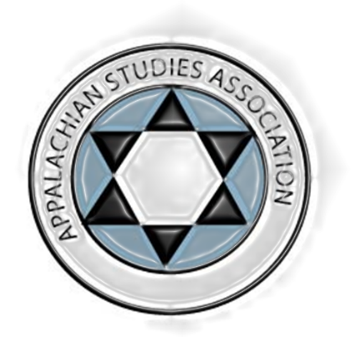Participation Type
Paper
Session Title
Session 10.04 Ethnicity and Race
Curating Community
Presentation #1 Abstract or Summary
Curating Community describes the process of creating a touring exhibition using a team-based approach to achieve community perspective. Through a grant from the Institute of Museum and Library Services to the Eastern Band of Cherokee Indians, an exhibition team debated the purpose of the exhibit and the perspective the story would take. The result was “Understanding our Past, Shaping our Future,” an exhibit focused on Cherokee language and culture using sound recordings as the basis for presenting a coherent story in words and text. Rather than translating from English into Cherokee, as is often done, the exhibit text was excerpted from conversations originally recorded in Cherokee. A Cherokee speakers’ group conversed about historic photographs and artifacts. Their conversations were transcribed, translated, and included on the 15 panels that make up the exhibit. Exhibit panels used smart phone technology and QR codes to link to conversations in an online archive. By pressing the on-screen play button, an exhibit visitor can listen to the Cherokee syllabary as it is spoken.
At-A-Glance Bio- Presenter #1
A professional curator, scholar, and writer, Anna Fariello was project director for the touring exhibition, “Understanding our Past, Shaping our Future.” She is a recipient of the 2013 Guardians of Culture International Award from the Association of Tribal Archives, Libraries, and Museums and the 2010 Brown Hudson Award from the North Carolina Folklore Society.
Curating Community
Curating Community describes the process of creating a touring exhibition using a team-based approach to achieve community perspective. Through a grant from the Institute of Museum and Library Services to the Eastern Band of Cherokee Indians, an exhibition team debated the purpose of the exhibit and the perspective the story would take. The result was “Understanding our Past, Shaping our Future,” an exhibit focused on Cherokee language and culture using sound recordings as the basis for presenting a coherent story in words and text. Rather than translating from English into Cherokee, as is often done, the exhibit text was excerpted from conversations originally recorded in Cherokee. A Cherokee speakers’ group conversed about historic photographs and artifacts. Their conversations were transcribed, translated, and included on the 15 panels that make up the exhibit. Exhibit panels used smart phone technology and QR codes to link to conversations in an online archive. By pressing the on-screen play button, an exhibit visitor can listen to the Cherokee syllabary as it is spoken.

